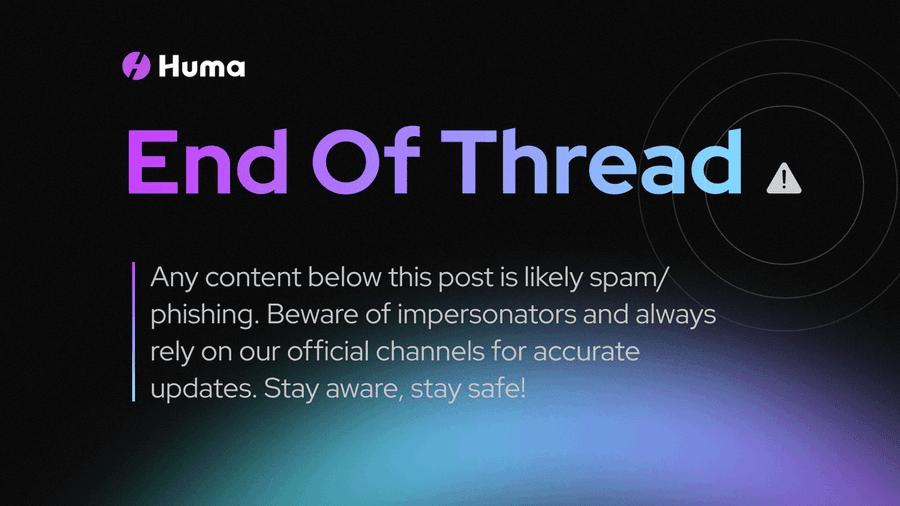In the world of finance, complicated things are not necessarily better. What Huma Finance does is turn those seemingly profound concepts of on-chain credit into practical tools that ordinary investors can understand and use. It provides a toolbox with three tools, each capable of helping you securely invest your digital capital into real-world businesses.

The first tool is the "Revolving Line of Credit." You can think of it as a long-term support based on trust. It's like investing in a skilled craftsman with a high reputation; you're not providing one-time money but a credit amount for him to use. You focus on his overall ability and long-term business, so the returns are naturally stable and continuous.
The second tool is the "Receivables-Backed Line of Credit." This is more specific. The craftsman has completed an order, but the client hasn't paid yet. He needs money to take on new work. At this point, you lend him money and use that "receivable" invoice as security. Your investment has clear collateral, making the risk visible and tangible, giving you more peace of mind.
The third tool, called "Receivables Factoring," is the most direct one. You simply don't wait and directly purchase the "receivable" invoice from the craftsman at a discount. When the client pays in a few days, the money goes directly to you. This investment is simple and clear, with fast returns, without any complications.
What Huma Finance does is these concrete things. It doesn't talk about flashy concepts but gives you a few handy tools, allowing you to choose how to participate in real business activities and earn real returns.
In the world of finance, complicated doesn’t always mean better. What Huma Finance does is take complex concepts like on-chain credit and turn them into practical, understandable tools for everyday investors. It offers a toolbox with three distinct instruments, each designed to help you securely connect your digital capital to real-world businesses.
The first tool is the "Revolving Line of Credit." Think of this as long-term support based on trust. It’s like investing in a skilled craftsman with a great reputation. You don't just give him a one-time loan; you provide a line of credit he can use as needed for his business. You're backing his overall skill and long-term viability, and in return, you get steady, consistent returns.
The second tool is the "Receivables-Backed Line of Credit." This is more specific. The craftsman has completed a job, but the client hasn't paid yet. He needs cash to start the next project. You lend him the money, using that unpaid invoice as collateral. Your investment is backed by a clear, tangible asset, making the risk visible and manageable. It gives you peace of mind.
The third tool, "Receivables Factoring," is the most direct. Instead of waiting, you simply buy the invoice from the craftsman at a discount. When the client pays a few days later, the money comes directly to you. This type of investment is straightforward, with a quick and clear return.
This is the practical work Huma Finance facilitates. It avoids flashy jargon and instead provides you with useful tools. It lets you choose how you want to participate in real commerce and earn real-world returns.
